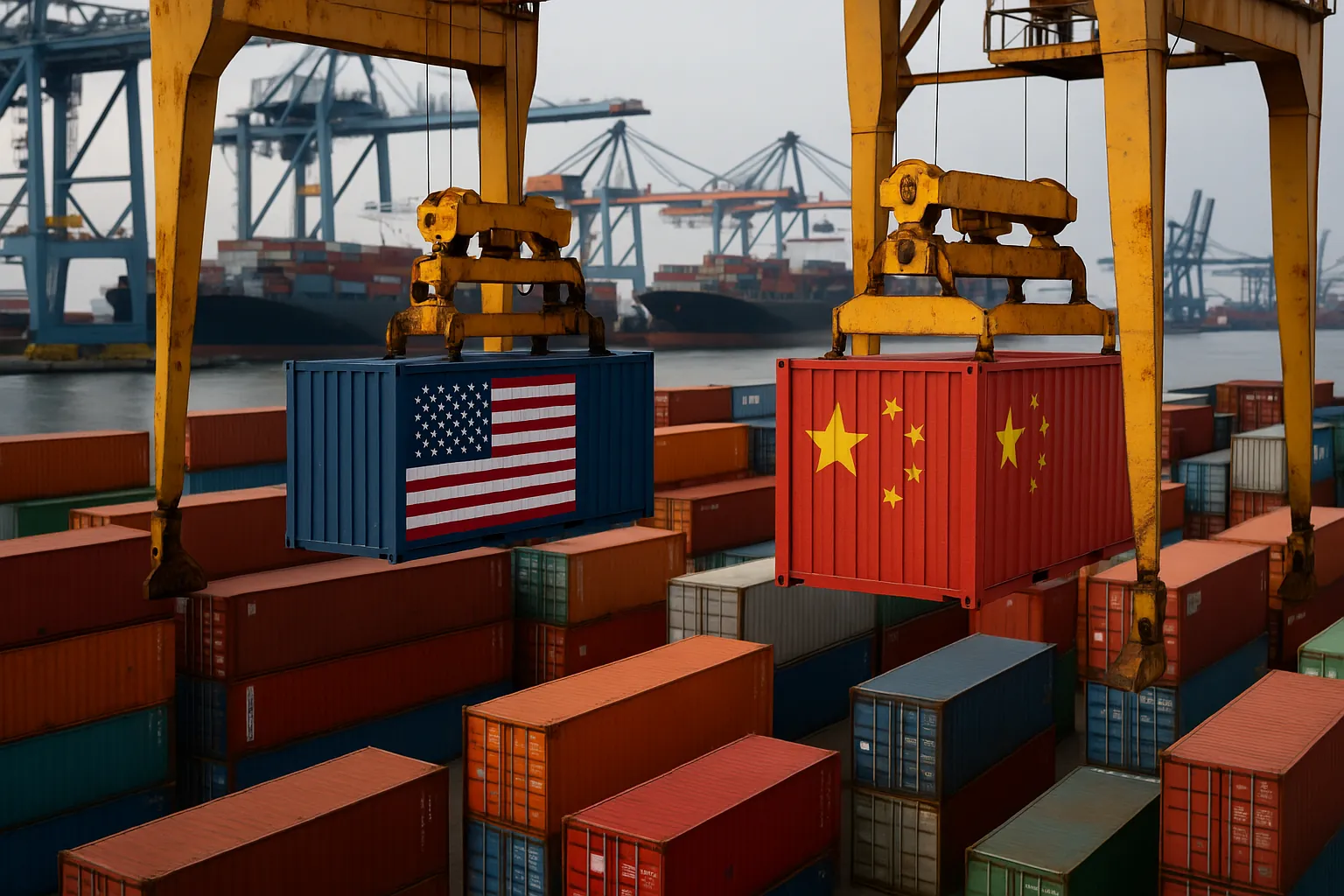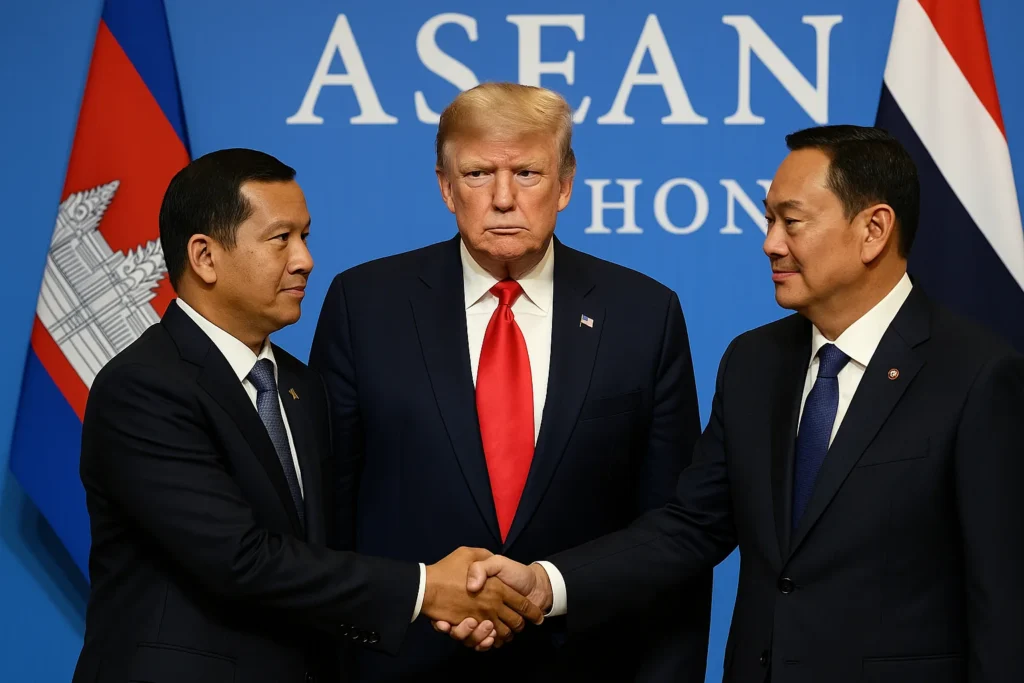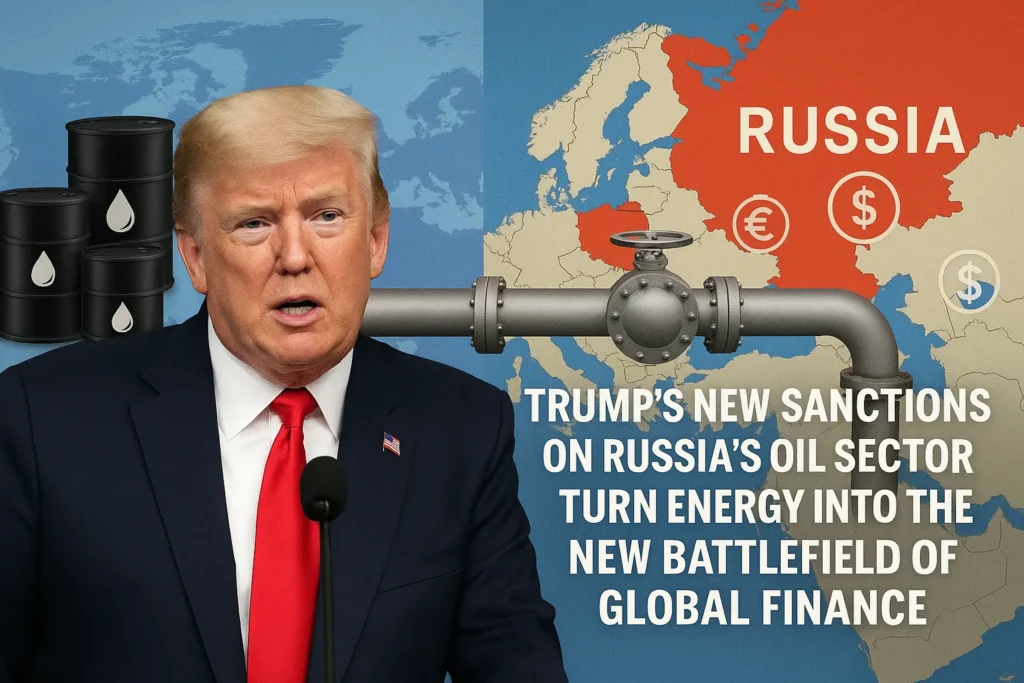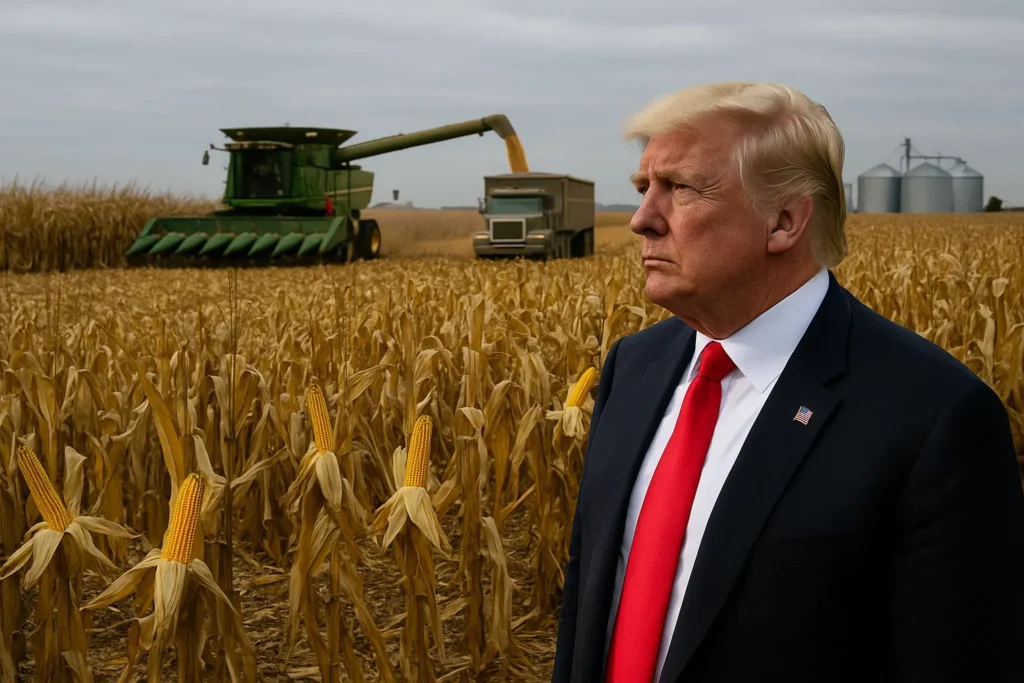When the Trump China trade war reignited this October, it wasn’t just another chapter in an old geopolitical rivalry — it was a global economic tremor. The tariffs, restrictions, and retaliations between Washington and Beijing are no longer confined to bilateral friction; they’re destabilizing supply chains, spiking consumer prices, and cornering third-party economies from Europe to India.
The Trump administration’s decision to double down on import fees — framed as a defense of American workers — has become a high-stakes experiment in protectionism. Meanwhile, China’s counterpunches, including export curbs on rare earth materials, have shaken industries that rely on them: tech, automotive, and defense. The so-called “trade war” now resembles a full-spectrum contest over the global order itself.
Context: How Tariffs Became a Global Weapon
The official narrative in Washington is simple: America is protecting its own. Tariffs, Trump insists, are a tool to rebalance unfair trade practices, force domestic production, and reduce dependency on Chinese imports. On the surface, it sounds patriotic. The numbers, however, tell a different story.
According to recent U.S. trade data, the combined import/export flow with China has shrunk by nearly 25% since 2018. The U.S. Chamber of Commerce estimates that American businesses have paid more than $200 billion in tariffs since the first round of duties began. For consumers, this translates into higher prices — not only for electronics and cars, but also for raw materials like aluminum and steel.
China, meanwhile, has chosen its targets strategically. By restricting the export of rare earth minerals — essential for semiconductors, batteries, and defense systems — Beijing has weaponized its industrial dominance. The EU, Japan, and South Korea, all reliant on Chinese components, are now collateral damage in a conflict they didn’t start.
Oppositional Argument: The Myth of “America First”
The rhetoric of “America First” has turned into “Everyone Pays.” What Trump presents as an act of economic sovereignty increasingly looks like economic isolation. The United States isn’t decoupling from China — it’s decoupling from the world.
Tariffs don’t just hit Chinese exporters. They reverberate across entire ecosystems: Mexican auto plants assembling U.S. brands, Indian suppliers providing software and hardware integration, European manufacturers dependent on Chinese lithium for electric vehicles. By weaponizing trade policy, Washington has triggered a silent rebellion among its allies, many of whom are now exploring side deals with Beijing.
Even within the U.S., corporate America is split. Tech giants and logistics firms warn of massive disruptions to supply networks. Farmers in the Midwest — once loyal Trump voters — are suffering from retaliatory tariffs on soybeans and agricultural goods. The paradox is striking: policies meant to punish China are punishing the very workers Trump vowed to protect.
Analytical Breakdown: From Tariffs to Systemic Disruption
The Trump China trade war is no longer about tariffs — it’s about dominance over the rules of the global economy. The decoupling narrative hides a deeper reality: both powers are racing to control critical technologies and strategic resources.
Beijing’s ban on certain rare earth exports, for instance, isn’t random. It targets U.S. defense contractors and chipmakers reliant on neodymium, dysprosium, and other vital elements. Washington’s response — tightening export controls on AI chips and semiconductor tools — has forced companies like Nvidia and Intel to redesign their entire product lines.
Economists from the Peterson Institute warn that such disruptions could shave 0.4% off global GDP growth in 2026. The IMF projects supply chain “realignments” could persist for a decade, creating what some call a post-globalization economy: a world divided into rival industrial blocs, each with its own standards, logistics, and political loyalties.
Europe, caught in the middle, is trying to shield its industries. The EU’s new “economic security strategy” — including anti-subsidy probes against Chinese electric cars — is an act of survival. Yet it also mirrors the same protectionist reflex that Washington once criticized in Beijing. In the end, everyone is playing Trump’s game.
Human Perspective: When Trade Wars Hit the Ground
Beyond statistics and boardrooms, the trade war is changing lives.
In Mexico, auto workers assembling Ford and GM vehicles for the U.S. market face uncertainty as parts from China get delayed or priced out. In Germany, small manufacturers of precision tools are losing contracts due to supply shortages. In India, export firms that once benefited from U.S.-China tensions now face higher input costs due to disrupted shipping routes.
Even American consumers are feeling the sting. Inflation, which had been cooling, is ticking back up as tariffs filter through the retail economy. A simple smartphone assembled with Chinese parts now costs 8–10% more. The “cheap China” era is over, but the “expensive America” era has only just begun.
Counterarguments: Can Tariffs Really Rebuild America?
Trump’s defenders argue that short-term pain is the price of long-term independence. They claim that by forcing companies to reshore production, tariffs will create American jobs and rebuild industrial capacity.
But the evidence is thin. A Congressional Budget Office study found that most reshored manufacturing involves automation rather than human labor. Job creation is limited, while costs skyrocket. And when companies do move production, they often relocate not to Ohio or Michigan — but to Vietnam, Malaysia, or Mexico, where wages remain low.
Critics also point to the geopolitical irony: by driving away allies and raising trade barriers, Washington risks ceding influence in regions like Southeast Asia and Africa, where China is quietly deepening its footprint through investment and diplomacy.
Conclusion: The World Is Paying for Washington’s Gamble
The Trump China trade war has outgrown its initial purpose. It’s no longer a dispute over tariffs or trade deficits — it’s a redefinition of globalization itself.
What began as a “deal-maker’s strategy” now resembles a self-inflicted siege. While Trump boasts of defending American industry, his policies are accelerating the fragmentation of global trade into hostile camps. Europe builds walls, Asia builds alternatives, and Latin America builds alliances — all to survive the chaos unleashed by Washington’s new economic nationalism.
The irony is that both the U.S. and China are losing moral authority. Each claims to fight for fairness, yet both weaponize dependency and punish dissent. For smaller nations, neutrality is no longer an option — they must pick a side or risk being cut off from both.
History will judge whether Trump’s tariffs were the start of a necessary correction or the trigger of a global downturn. But one thing is clear: the world is caught in the crossfire of a war that has no victors — only survivors.
External Links
- The New York Times – US-China Tariffs Impact Global Economy
- Peterson Institute for International Economics – Global Trade Fragmentation Report
25 views






